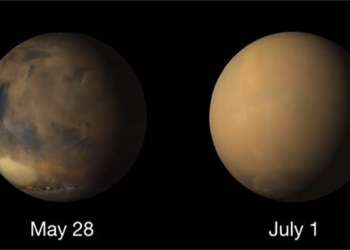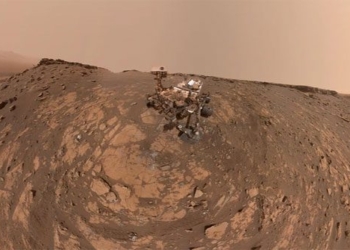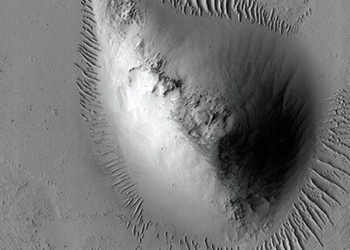On October 10, beneath the Ramon volcano in the southern desert of Israel, a team of six scientists, consisting of five men and one woman, began simulating life for about a month on Mars.
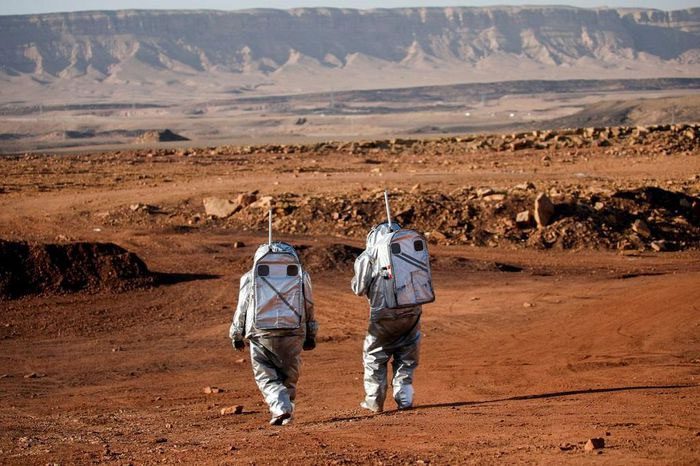
The scientists participate in a demonstration of an experiment led by agencies from Austria and Israel simulating a mission to Mars. (Photo: Reuters).
The AMADEE-20 Mars Simulation Program is a collaboration between the Austrian Space Forum, the Israeli Space Agency, and the local D-MARS group to conduct a field mission similar to one on Mars in the Negev desert, Israel.
Their living environment on Mars is located beneath a rock outcrop. Inside, they eat, sleep, and conduct experiments while wearing mock space suits equipped with cameras, microphones, and closed breathing systems.
Gernot Gromer, the director of the Austrian Space Forum, stated: “Every mistake we make here on Earth, we hope not to repeat on Mars.”
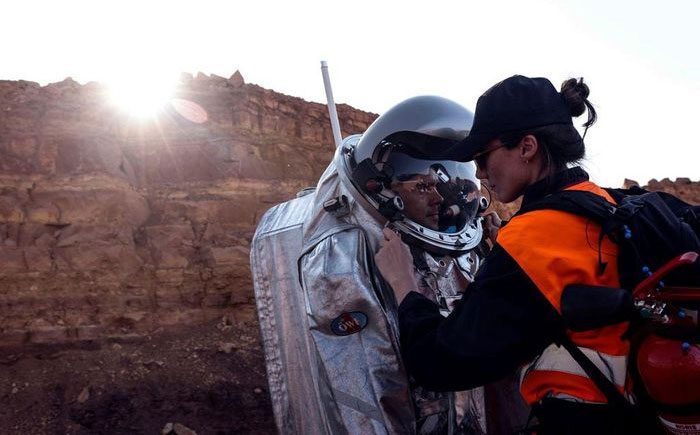
A scientist prepares to participate in the simulation of life on Mars for about a month. (Photo: Reuters).
The recent launches of Mars exploration probes by several countries have captivated astronomy enthusiasts worldwide. The arrival of NASA’s Perseverance rover and the Ingenuity helicopter, which successfully took flight on Mars for the first time, has provided new images of the planet’s surface. However, sending humans to Mars may still be over a decade away.
The AMADEE-20 program was originally scheduled for 2020 but was postponed due to Covid-19. The team of scientists hopes to provide new insights to help prepare for future Mars landing missions.
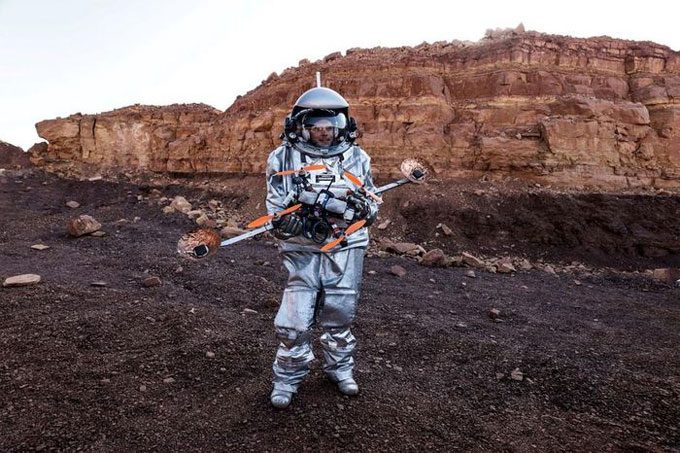
A scientist with a drone prepares to participate in the experiment. (Photo: Reuters).
Standing next to a 120m2 model resembling two large tents connected together, Gromer remarked: “The habitat here, right now, is the most complex and advanced research station (on Mars) on this planet.”
The six team members are continuously monitored via cameras, with vital signs and their movements tracked for analysis. All of this is to gain a better understanding of the human factor, Gromer noted.
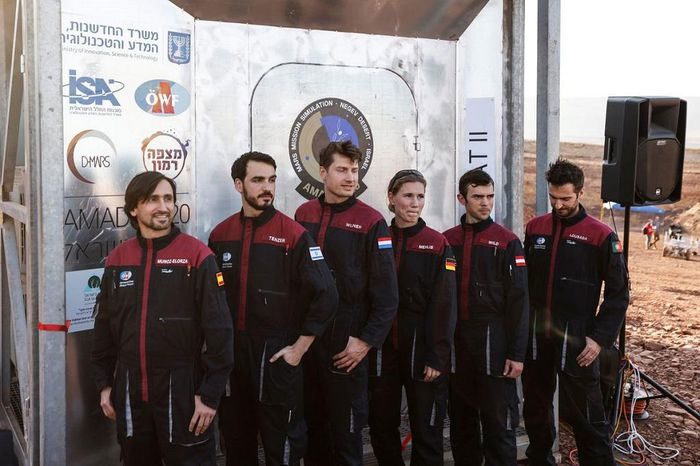
Six scientists, including 5 men and 1 woman, participating in the Mars life simulation. (Photo: Reuters).
Outside, engineers and other specialists are also working with drones and reconnaissance aircraft to improve mapping and navigation in a world without GPS.
They will conduct over 20 experiments in the fields of geology, biology, and medicine, and hope to publish some results upon completion.
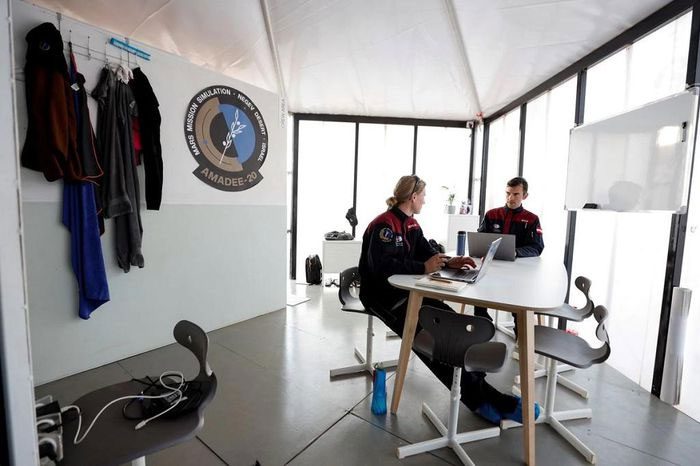
Scientists sitting together at the facility during the experiment demonstration. (Photo: Reuters).
Alon Tenzer, 36, dressed in a space suit containing 50 kg of equipment, expressed: “We are six people working in a cramped space, under a lot of pressure to conduct many experiments. But I believe my crew can overcome those challenges.”








































